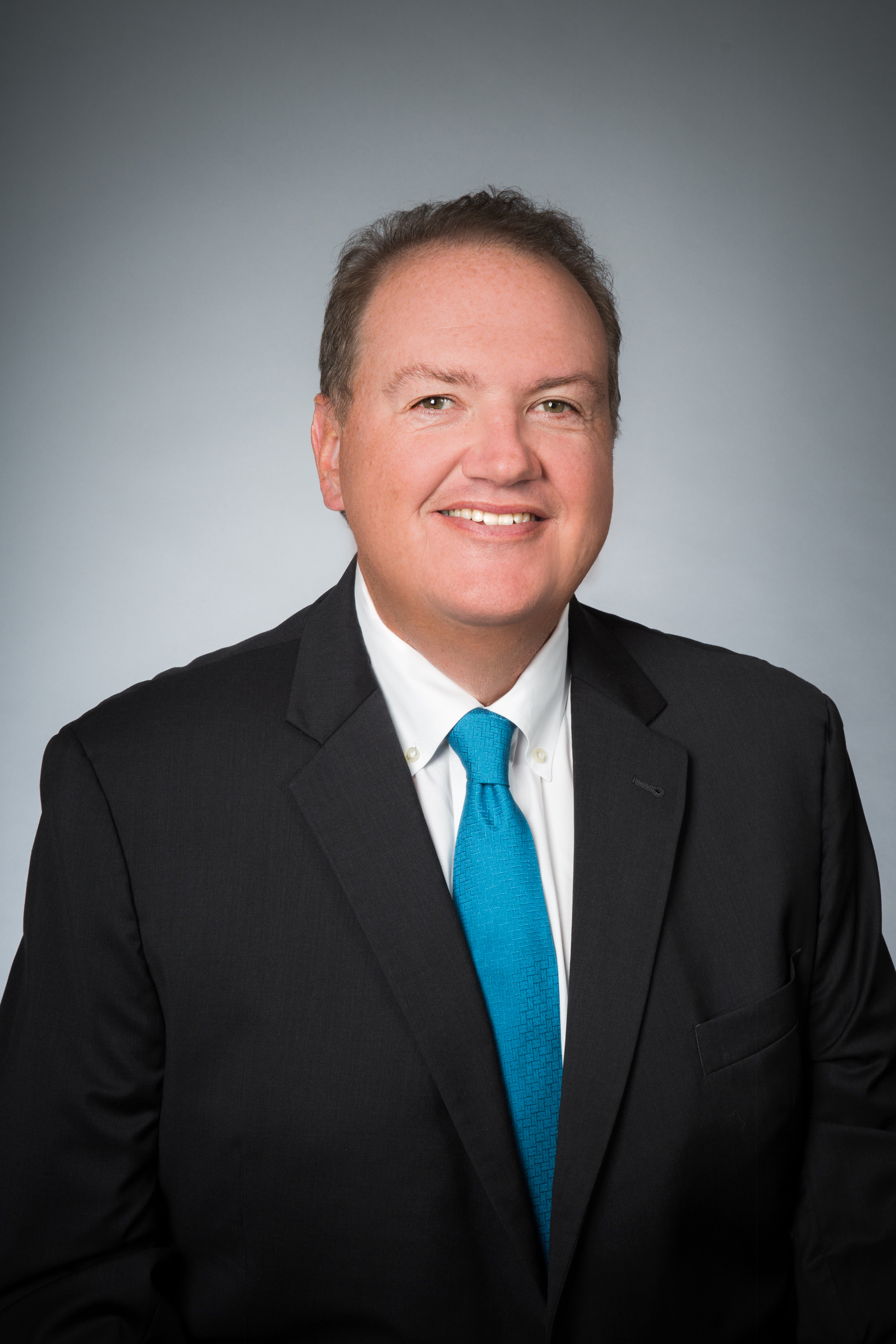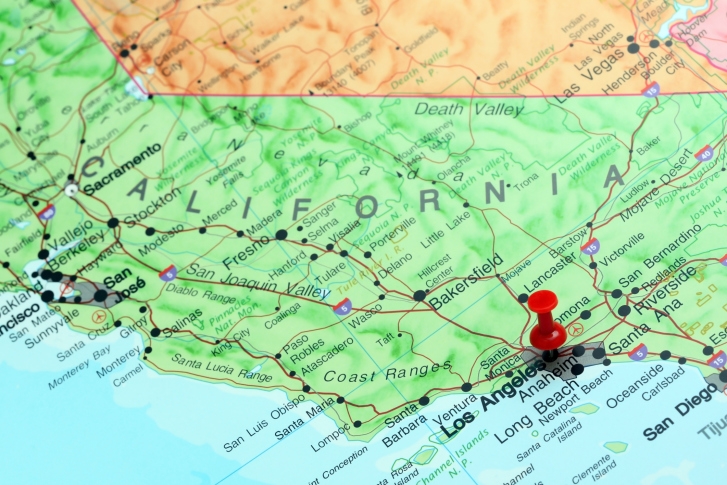Advertisement
Featured Industry Leader: Jeff Burns, President, Commercial, California Mortgage Bankers Association

Jeff Burns is Managing Director of Walnut Creek, Calif.-based Walker & Dunlop and President, Commercial of the California Mortgage Bankers Association (CMBA). National Mortgage Professional Magazine recently spoke with his regarding his work with his state trade group.

How and why did you get involved with the California Mortgage Bankers Association? Can you share the track within CMBA that led to the leadership role?
Everyone in the mortgage banking business, myself included, has benefited in countless ways from the work done by our state and national trade groups. Many of us attend great conferences and events that allow us to network with colleagues and spark valuable business connections. Many of us know, in perhaps a vague or non-specific way, that our trade groups represent our interests in legislative and regulatory arenas and protect our ability to provide access to affordable credit for consumers and businesses.

How and why did you get involved with the California Mortgage Bankers Association? Can you share the track within CMBA that led to the leadership role?
Everyone in the mortgage banking business, myself included, has benefited in countless ways from the work done by our state and national trade groups. Many of us attend great conferences and events that allow us to network with colleagues and spark valuable business connections. Many of us know, in perhaps a vague or non-specific way, that our trade groups represent our interests in legislative and regulatory arenas and protect our ability to provide access to affordable credit for consumers and businesses.
However, many of us are not aware of all the work that goes into making this happen, both from a staff perspective and the Board of Directors of these organizations. I felt that it was my turn to give back to the industry that has given so much to me and provide my knowledge and experience to help lead my state group, the CMBA, in what has turned out to be a very interesting time. My direct involvement came in stages, as I helped plan and organize the association’s annual Western States CREF Conference for a number of years, and eventually, was asked to deepen my involvement by joining the Board of Directors, which I did in in 2009.
Why do you feel members of the mortgage profession in your state join your association?
Members join for a variety of reasons: Building connections (finding and developing new business opportunities), keeping teams educated and up-to-date on the latest trends, and supporting advocacy efforts. Which priority is more important varies from member to member, and it often depends more on the company’s situation than any of the activities or functions of the association.
Why do you feel members of the mortgage profession in your state join your association?
Members join for a variety of reasons: Building connections (finding and developing new business opportunities), keeping teams educated and up-to-date on the latest trends, and supporting advocacy efforts. Which priority is more important varies from member to member, and it often depends more on the company’s situation than any of the activities or functions of the association.
For example, a new start-up tech vendor is likely joining to find potential clients among the membership and establish themselves as a reputable firm and a subject matter expert. A residential Mortgage Banker expanding their business into multiple states is likely to have serious regulatory/compliance challenges and educating their employees (through conferences or Webinars) is critical.
Finally, when we read about a legislative proposal that puts our ability to do business at risk, suddenly we remember that our state trade group has our back, and thanks to support through membership, the association is ready to effectively make a strong argument and head off a potentially disastrous bill by working with lawmakers to either amend or defeat such a proposal. When it comes to membership, the bottom line is this: Association staff and Directors should be well aware that there is no requirement to join the association and should therefore work hard to maximize every dollar spent on membership.
What role does your association play in the federal and state legislative and regulatory environments, and are there any items on the current agenda you would like to highlight?
Here in California, our full-time legislature (one of the few in the country) proposals proposes dozens of bills each year that either directly or indirectly impact the mortgage industry. This year we’ve got several bills that are particularly important, including a few that we are strongly supporting.
What role does your association play in the federal and state legislative and regulatory environments, and are there any items on the current agenda you would like to highlight?
Here in California, our full-time legislature (one of the few in the country) proposals proposes dozens of bills each year that either directly or indirectly impact the mortgage industry. This year we’ve got several bills that are particularly important, including a few that we are strongly supporting.
AB 2368 would allow for a new remote online notarization system in California, and the California MBA is proud to be a sponsor of this legislation. If you’ve purchased a home in the past few years, you’ve likely seen the wonderful transformation that is taking place in the process, thanks to innovations in technology. The front-end of transactions, and the borrower’s experience have been dramatically improved; however, the closing of a mortgage is still very much unchanged. You need to meet face-to-face with a notary (often in public places with little security) to close the loan. This bill would allow California to join with a growing number of states to allow the tech revolution to reach the final stage of the lending process and allow for borrowers to close their loans remotely and securely through an online platform.
We’ve received a good reception from legislators so far and are hopeful this bill can pass this year. We’re also strongly in support of SB 1087, which would add new enforcement mechanisms and regulatory authority to hold PACE solicitors accountable and continue to better protect vulnerable consumers. Our legislature passed legislation last year to start that process, and SB 1087 is a follow-up measure that will regulators to take quick action to stop abusive solicitors who aren’t honest with consumers about the nature or cost of the program.
Finally, we’re opposing SB 818, which would reinstitute several of the provisions of the California Homeowner Bill of Rights (CHBOR) that expired at the end of 2017. When the CHBOR was initially passed, we lived in a much-different regulatory environment; the CFPB didn’t even exist yet (hard to imagine!). Now, we have several concerns with the bill, including the fact that it doesn’t have a sunset date, and seems to be pushing the boundaries beyond the original CHBOR language.
Industry folks who aren’t lobbyists or don’t have connections to powerful lawmakers can still make a difference in their state’s advocacy efforts by attending their legislative day at their state capital. We just held ours in March, and it is always effective for industry professionals who have on-the-ground knowledge to speak to legislators about the real-world consequences of some of the legislation they are considering. I strongly encourage folks to take advantage of those opportunities, as well as attending national events, like the MBA’s National Advocacy Conference in Washington, D.C.
 What do you see as your most significant accomplishments with the association?
What do you see as your most significant accomplishments with the association?
As you may have guessed, advocacy and political involvement is a particular interest of mine, and so I’ve been very involved in improving the CMBA’s political activities, specifically through our Political Action Committee, CAMPAC. It is crucial for industry to support the candidates that share an appreciation and understanding for the important role that business plays in our state, including the real estate finance industry. Making our voice heard in campaigns is done by raising funds for CAMPAC, and in a state that doesn’t have the most business-friendly reputation, it makes it all the more important that we support candidates to want to see our economy and opportunities expand. I’ve played a role in building support for CAMPAC–not only with our membership, but even within the Board of Directors. As a result, we’ If we haven’t built and nurtured those relationships during the “quiet” years, it will be hard to build trust and maximize our collective strength when we really need it.
In your opinion, what can be done to bring more young people into mortgage careers?
This is a huge challenge for the mortgage banking industry! Due to the financial crisis, consolidation and a few other factors, today’s Mortgage Banker is not only much older than they were 10 years ago, they are older on average than they will be in 10 years. The Millennial generation aren’t just consumers, they are employees, and we need their voices in our industry. There are several ways that we can more quickly integrate them into the fabric of the mortgage banking community, starting with involvement in our state trade groups.
 What do you see as your most significant accomplishments with the association?
What do you see as your most significant accomplishments with the association?As you may have guessed, advocacy and political involvement is a particular interest of mine, and so I’ve been very involved in improving the CMBA’s political activities, specifically through our Political Action Committee, CAMPAC. It is crucial for industry to support the candidates that share an appreciation and understanding for the important role that business plays in our state, including the real estate finance industry. Making our voice heard in campaigns is done by raising funds for CAMPAC, and in a state that doesn’t have the most business-friendly reputation, it makes it all the more important that we support candidates to want to see our economy and opportunities expand. I’ve played a role in building support for CAMPAC–not only with our membership, but even within the Board of Directors. As a result, we’ If we haven’t built and nurtured those relationships during the “quiet” years, it will be hard to build trust and maximize our collective strength when we really need it.
In your opinion, what can be done to bring more young people into mortgage careers?
This is a huge challenge for the mortgage banking industry! Due to the financial crisis, consolidation and a few other factors, today’s Mortgage Banker is not only much older than they were 10 years ago, they are older on average than they will be in 10 years. The Millennial generation aren’t just consumers, they are employees, and we need their voices in our industry. There are several ways that we can more quickly integrate them into the fabric of the mortgage banking community, starting with involvement in our state trade groups.
For example, CMBA has a new program that allows members to send up to three employees, 35 years of age or younger, to any conference for free. This solves a huge problem for companies with tight budgets (aka every company) who want to invest in their younger, rising stars, but can’t afford to send them to expensive conferences and events. If your state trade group isn’t doing something like this, you should encourage them to–it’s a great way to incentivize companies to show their employees that they value them and want to attend to their professional development.
Beyond our trade groups, I think that we need to do a better job of encouraging colleges and universities to build real estate financed-focused curriculum and programs. I’ve rarely met a colleague who went to school to be a Mortgage Banker–most of us were simply fortunate enough to stumble into the real estate finance industry. That’s why we need to begin to build enthusiasm for our industry at the collegiate level. Several universities in California do have real estate focused curricula, but we need more participation from the schools and we need our companies (and their employees, who are alumni) to push schools to develop these programs.
How would you define your state's housing market?
Diverse. California has more diversity of housing than any other state market in the nation. Median home prices are at or near all-time highs, having passed $507,000 in December 2017. That doesn’t tell you much, however. For example, the San Francisco Bay area is a unique housing market, with little new home supply added each year, major affordability challenges, and a very robust rental and multifamily market.
How would you define your state's housing market?
Diverse. California has more diversity of housing than any other state market in the nation. Median home prices are at or near all-time highs, having passed $507,000 in December 2017. That doesn’t tell you much, however. For example, the San Francisco Bay area is a unique housing market, with little new home supply added each year, major affordability challenges, and a very robust rental and multifamily market.
On the other hand, locales in the Central Valley, Inland Empire, or Northeast have an entirely different makeup, with a much more pro-growth environment, and more opportunities for first-time homebuyers. That doesn’t even include the Los Angeles-area, Orange County, and San Diego markets, which have their own unique housing profile.
Overall, our biggest challenge is affordability, and it’s not one that is going to be easily solved. Instead of a silver bullet, we are likely going to see a mix of new supply, more emphasis on density, and making sure mortgage lenders are able to provide adequate financing to meet the demand.
Phil Hall is Managing Editor of National Mortgage Professional Magazine. He may be reached by e-mail at [email protected].
About the author





